The most bizarre-looking native Hungarian plants

We have already presented the most beautiful native Hungarian plants one can find; it is only fair to mention the weirdest, most bizarre-looking ones as well. These are no ordinary plants for sure, but remember: all plants are beautiful in their own way.
[button link=”https://dailynewshungary.com/hungarian-inventor-wins-award-in-china-for-fluorescent-plants/” type=”big” color=”green” newwindow=”yes”] Hungarian inventor wins award in China for fluorescent plants[/button]
Lampionvirág
Lampionvirág (Physalis alkekengi), also called Chinese lantern, is easily identifiable by its large, bright orange to red papery covering over its fruit, which resembles paper lanterns, hence the name.
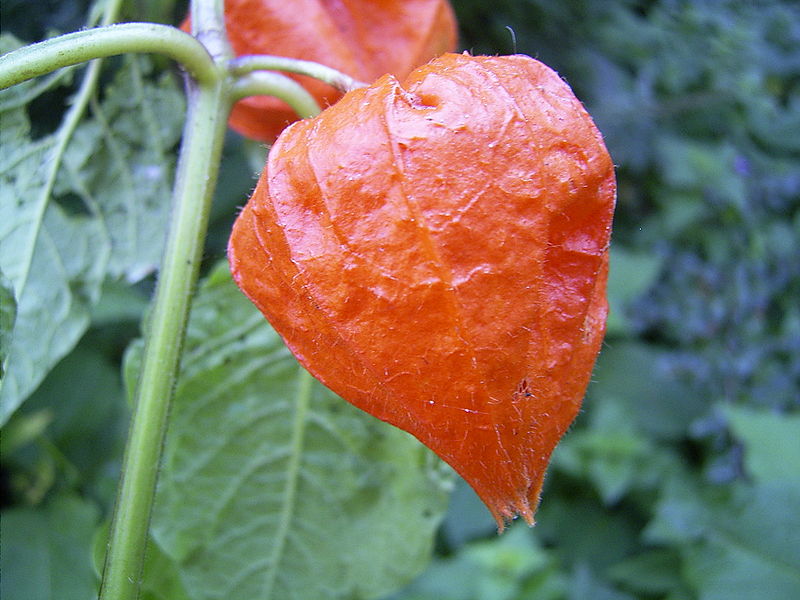
It grows naturally in the South European and South Asian regions. It can grow to 40–60 cm tall, with spirally arranged leaves, that are 6–12 cm long and 4–9 cm wide. The flowers are white, with a five-lobed corolla 10–15 mm across, with an inflated basal calyx which matures into the papery orange fruit covering, 4–5 cm long and broad.
Boldogasszony papucsa
Boldogasszony papucsa (Cypripedium calceolus) also got its name from its interesting shape, which resembles a slipper, hence the name the lady’s-slipper orchid. You would almost want to put it on your feet if you could.
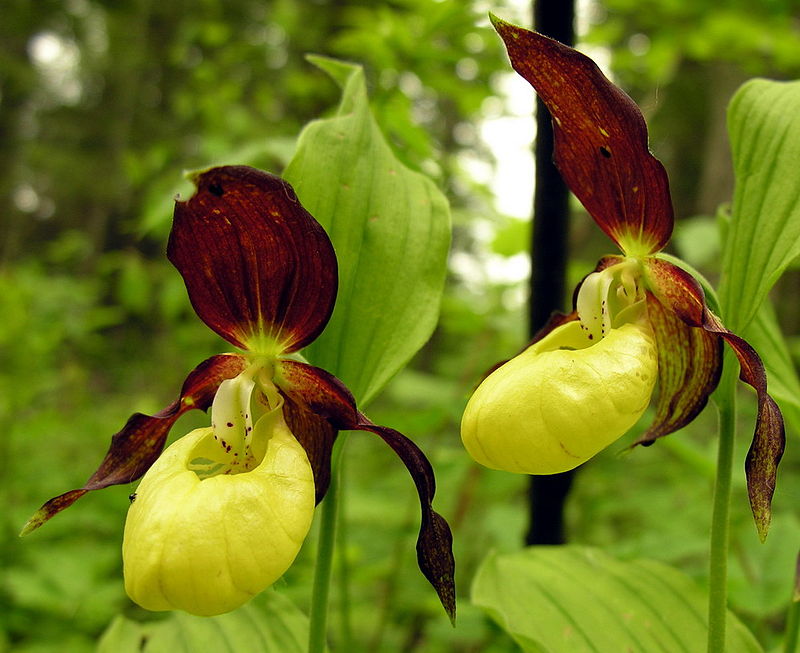
It has a widespread distribution in almost every country in Europe, plus Russia, North-Eastern China, Mongolia, Korea and Rebun Island in Japan. It is typically found in open woodland on moist soils. In continental Europe, it is also found growing in the decomposed humus of semi-shaded woodland cover on limestone. It has declined over much of the European part of its range, and as a result, it is legally protected in a number of countries such as Bulgaria or Serbia, but not in Hungary.
Buglyos szegfű
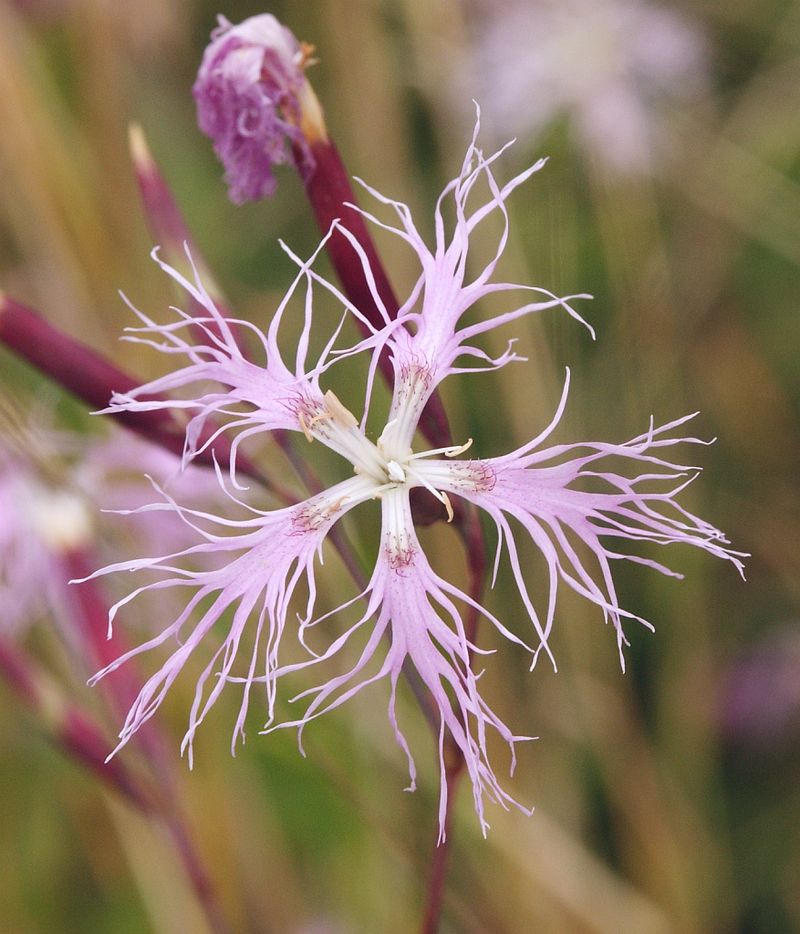
Buglyos szegfű (Dianthus superbus) is a species of Dianthus native to Europe and Northern Asia. It is a perennial plant which grows to 80 cm tall. It has green to greyish green slender leaves that grow to 8 cm long. The flowers are sweetly scented, 3–5 cm in diameter, with five deeply cut fringed petals, pink to lavender with a greenish base; they are produced in branched clusters at the top of the stems from early to late summer.
Kisfészkű hangyabogáncs
Kisfészkű hangyabogáncs (Jurinea mollis) is a legally protected plant in Hungary. It is a perennial plant which belongs to the Asteraceae family. It has a unique shape, and it has a purple flower (3-6 cm) during the blooming period. It can grow to 10-80 cm tall.

Fenyérgamandor
Fenyérgamandor (Teucrium scorodonia), commonly called the woodland germander or wood sage, is a perennial herb belonging to the Lamiaceae family. It is native to Western Europe and Tunisia, but it has been cultivated in many places, including North America, as an ornamental plant.
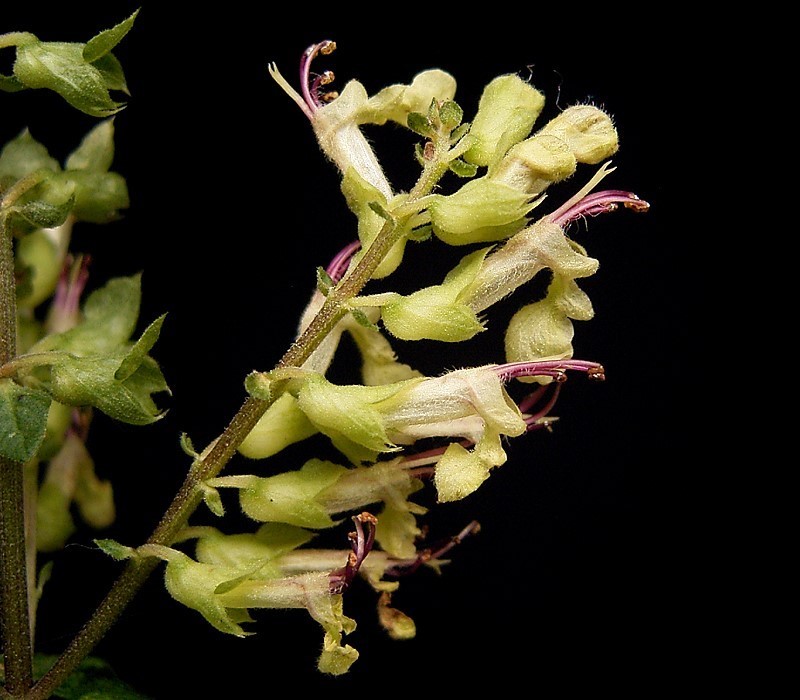
It grows to 30–60 centimetres tall on average. It is a hairy shrub with erect and branched stems. The leaves are petiolate, irregularly toothed, triangular-ovate to oblong-shaped, lightly wrinkled. The inflorescence is composed of one-sided pale green or yellowish flowers bearing four stamens with reddish or violet filaments.
Hungarian kökörcsin
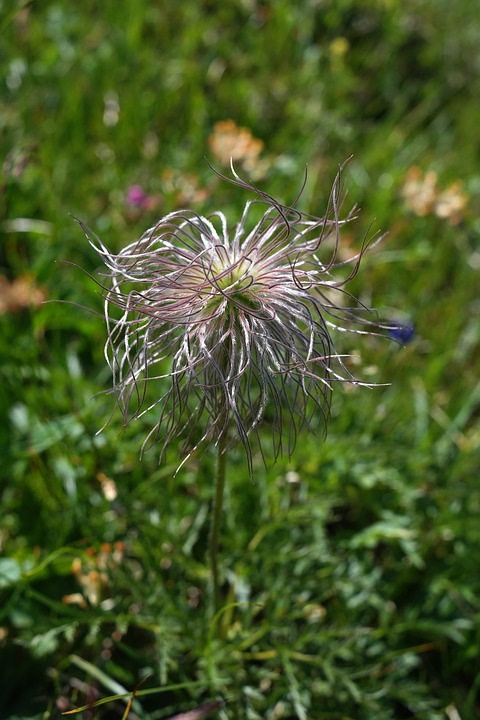
Hungarian kökörcsin (Pulsatilla flavescens, P. hungarica) is a true “aboriginal” of the country; it can only be found in certain regions of Hungary: in the Nyírség region, Pilis and Bodrogköz. It is a legally protected plant. It belongs to the Ranunculaceae family.
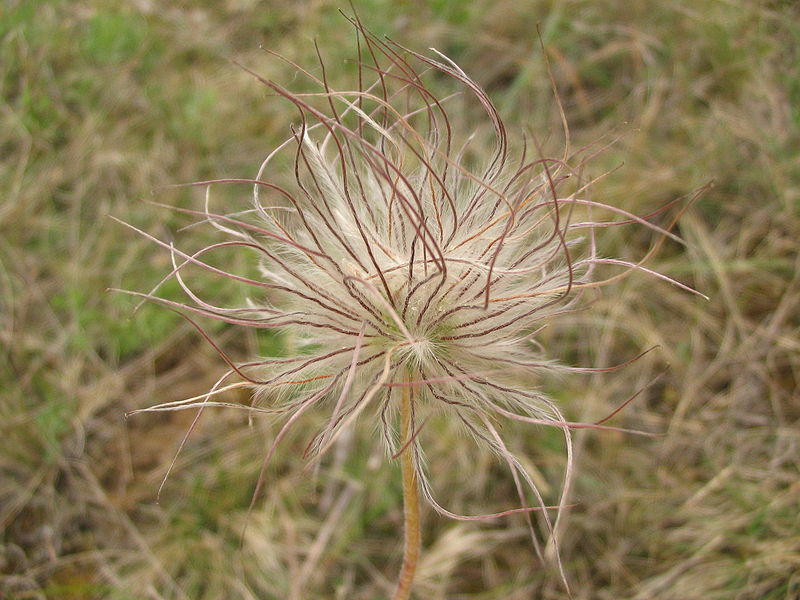
Fürtös Salamonpecsét
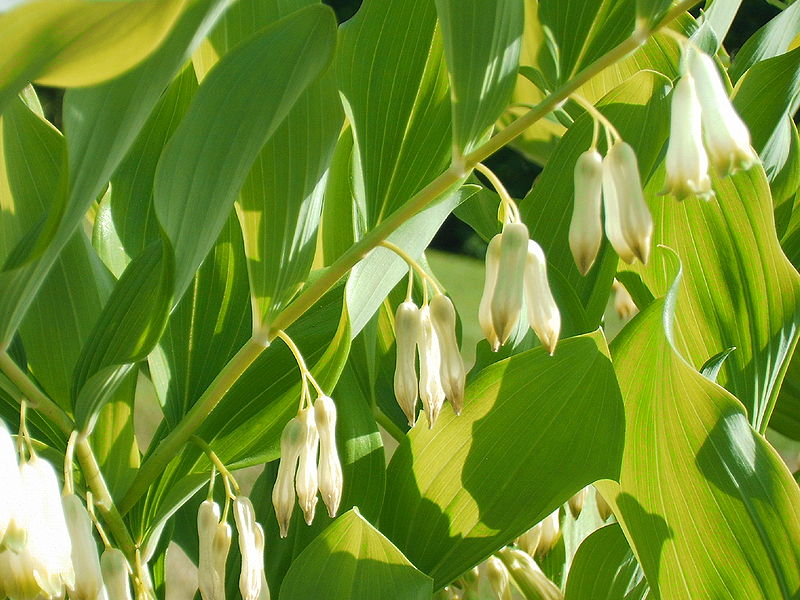
Fürtös Salamonpecsét (Polygonatum multiflorum), also called Solomon’s seal, David’s harp, ladder-to-heaven or Eurasian Solomon’s seal, is a species of flowering plant in the family Asparagaceae, native to Europe and temperate Asia. It is a perennial plant, and it grows to 90 cm tall. It has arching stems of alternate leaves, and slightly necked, pendent, tubular white flowers with green tips, hanging from the undersides of the stems. It is valued in cultivation for its ability to colonise shady areas and is suitable for a woodland style planting.
Source: Wikipedia

